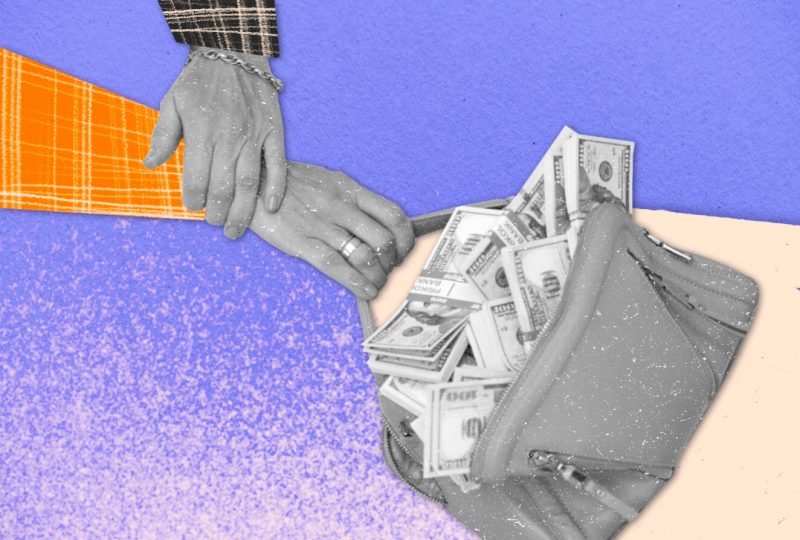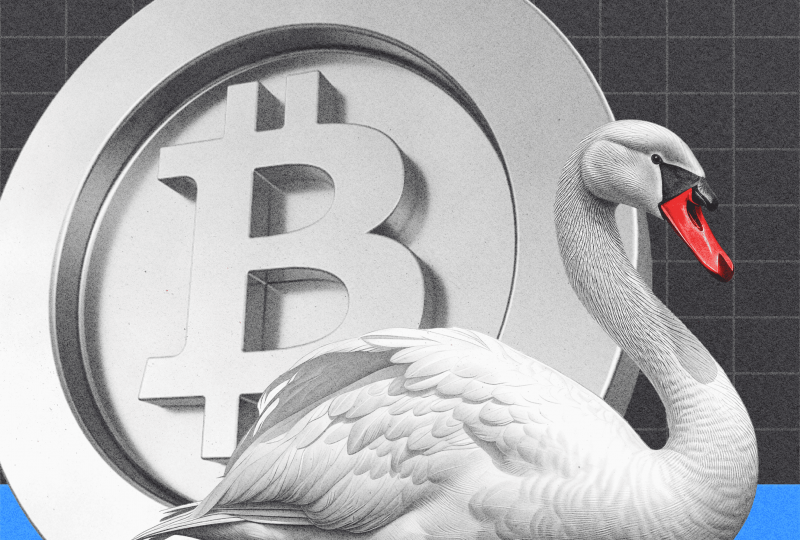Don’t Stick Only to Cash. Consider These Other Safe Investments.
July 25, 2023

These are the glory days of cash. Money-market funds and Treasury bills provide returns of roughly 5% while posing little credit or interest-rate risk.
However, while cash appears to be the best option right now, it contains long-term concerns. Michael Arone, an investment strategist with State Street Global Advisors, warns of reinvestment risk, or the possibility that when interest rates inevitably fall, cash investors may be forced to reinvest at lower returns. He suggests a barbell approach to safe investments, with cash on one end and high-quality, longer-duration securities on the other.
“Now you’re able to pick up investment-grade assets with a significant yield to offset some of that reinvestment risk,” he says.
Another plus in perspective: When the impact of the Federal Reserve’s interest-rate rises eventually leads to a sluggish U.S. economy, yields will fall, and if you possess a few intermediate assets, you may profit as their prices rise. “If you stay in cash, you will miss out on potential bond market rallies in the coming year,” says Dhruv Nagrath, BlackRock’sBlackRock’s director of fixed-income strategy.
These claims can be proven by recent circumstances: Bond prices fell in July as yields increased dramatically. The 10-year Treasury note surpassed 4% on Thursday for the first time since March. Inflation is high, and the Fed is anticipated to raise interest rates again this month. iShares Core U.S. Aggregate Bond (AGG), an exchange-traded fund that tracks a wide bond benchmark, has dropped nearly 3% in the last three months.
Nonetheless, long-term investors, particularly those in retirement seeking stable income, should brace themselves for an eventual yield peak and add some longer-duration assets now.
Also the good news is that if you search in some less visible areas of the fixed-income markets, you may obtain a higher yield with safe investments than cash while still staying in high-quality securities. Preferred shares, which are frequently issued by major and well-rated banks, typically yield approximately 6%. Similarly, because many homeowners are still paying their 3% mortgages, agency mortgage-backed securities have no credit or prepayment risks.
“Preferreds offer an interesting opportunity in an investment-grade asset with more than 6% yields,” Arone explains. They are also quite inexpensive as a result of the March regional-bank crisis. “This large discount to par for preferreds is rarely seen,” he observes. The SPDR ICE Preferred Securities ETF (PSK) from State Street pays 5.72%.
Shorter-term preferreds issued by large banks and energy corporations appeal to Cliff Corso, chief investment officer at Advisors Asset Management. His company’s AAM Low Duration Preferred & Income Securities ETF (PFLD) has a yield of around 7%.
Other high-quality assets on Nagrath’s list include longer-term Treasuries. He predicts that the recession will enter the narrative. Having some longer-term Treasuries on hand is a good idea. Investors can consider adding an ETF that tracks a bond benchmark, such as iShares’iShares’ Core Bond offering, which has an intermediate duration and yields 4.12%.
Inflation-protected BlackRock’s fixed-income strategy now includes Treasuries, agency MBS, and local-currency developing market debt. Because of their exposure to the banking industry, preferreds are less appealing to Nagrath. The iShares Preferred & Income Securities ETF (PFF) has a yield of 6.62%, but 70% of its assets are bank preferred. It’s still difficult to argue against a small allocation to that industry.




